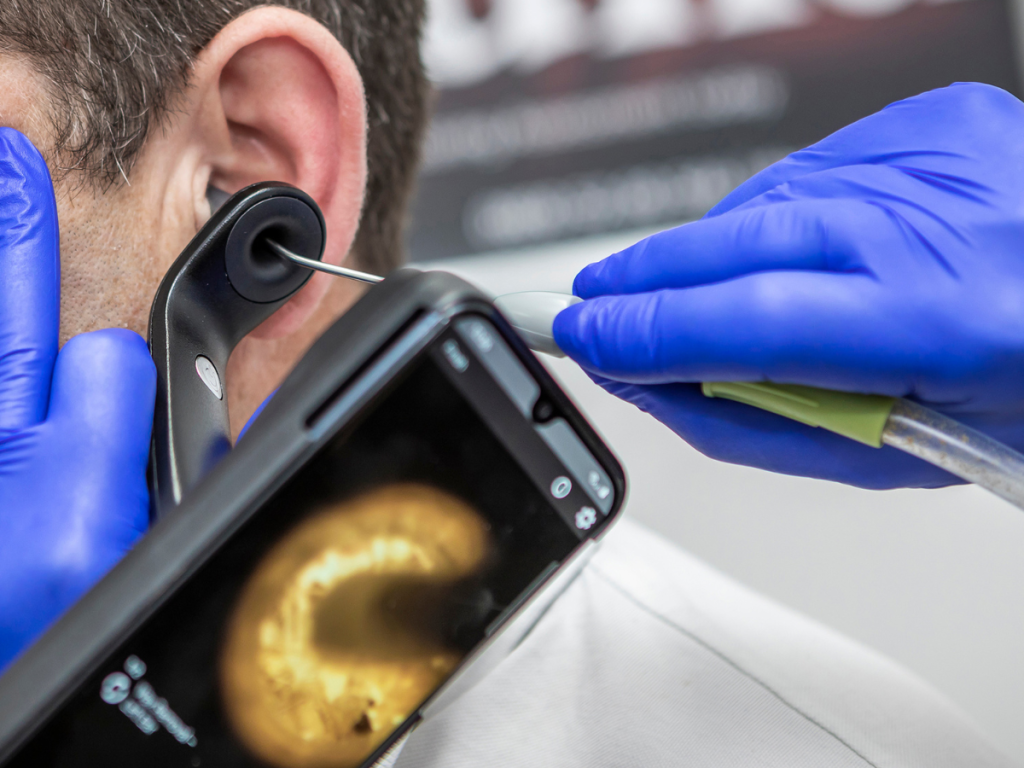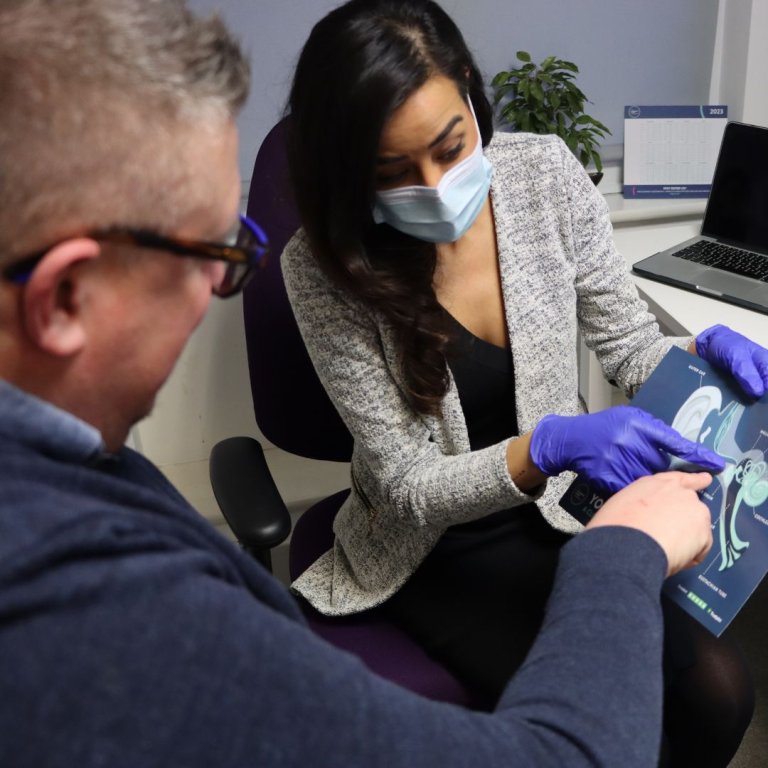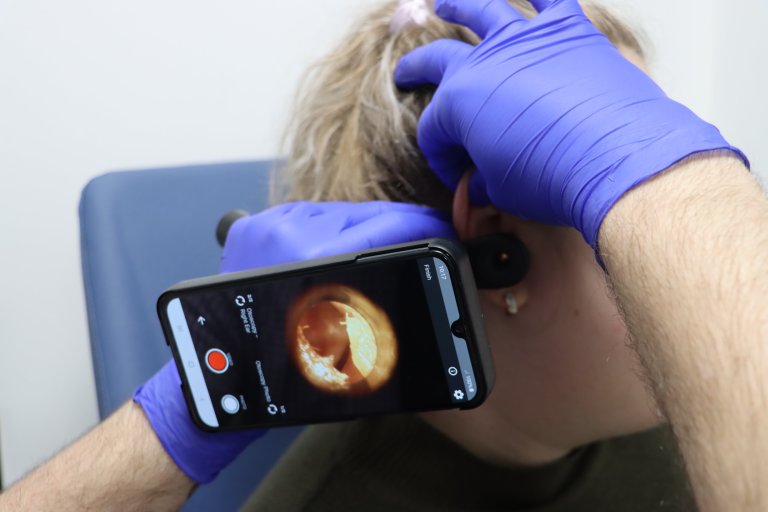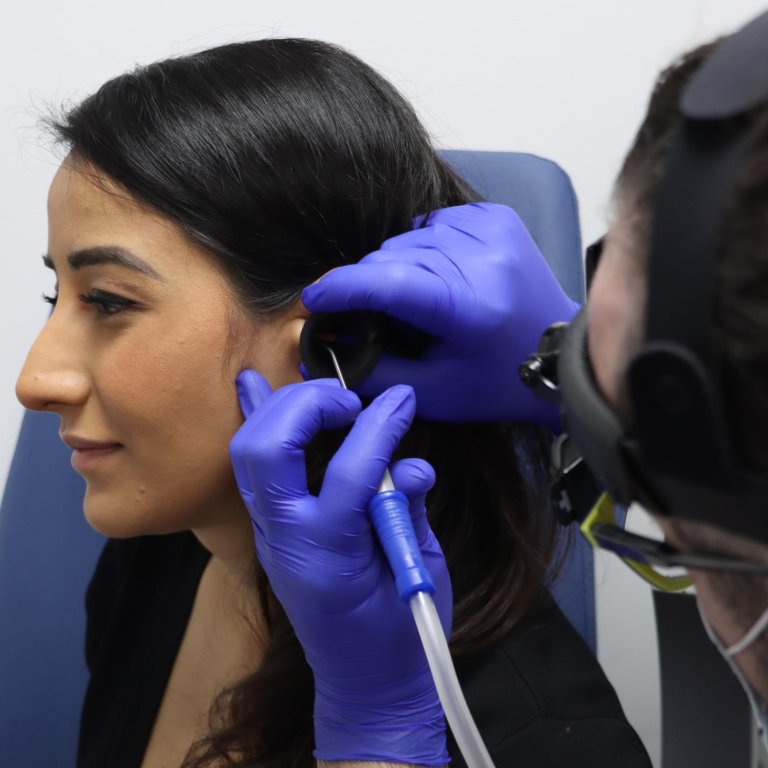Ear wax is a completely normal substance produced by your ears. It helps to protect your ear canals and can help prevent infection by trapping harmful bacteria, dirt, and other irritants. But if there is too much of it produced, or there is a build-up that doesn’t work its way out as normal, it can cause problems like hearing issues and earache.
It’s important not to clean our ears ourselves, as this can make the problems worse. Microsuction is a common method of wax removal that is professionally used to help clear away excess wax. In this blog post, we’ll go over what microsuction is, how it works, and the benefits, as well as things to consider when choosing this method of wax removal.




